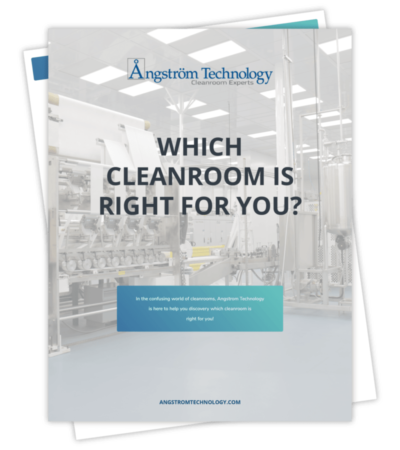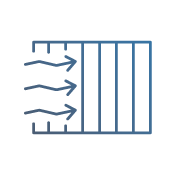Cell & Gene Therapy CLEANROOMS
About Cell & Gene Therapy
Cell and gene therapy is quickly evolving to effectively treat life-threatening conditions and rare diseases in a safer, more targeted, and less invasive way.
Cell therapy aims to replace damaged or diseased cells and tissue with new, healthy cells. The new cells may come from the patient (autologous therapies) or a donor (allogeneic therapies). In cell therapies, the cells may be modulated to alter the cells before being transplanted, e.g., by injection, into the patient.
Gene therapy can either introduce a new gene into a cell to fight a disease or introduce a non-faulty copy of a gene to replace the faulty gene causing the disease.
These forms of regenerative medicine provide a highly personalized treatment. Although these are relatively new therapies, healthcare providers hope they’ll offer longer-lasting effects than traditional ones.
Many countries are now treating patients with cell and gene therapies, and it’s already saved many lives. However, there’s also much research still to be done within this industry. As recognition for these treatments continues to grow, and as healthcare specialists continue their research, cleanrooms and support areas are needed to ensure safe manufacturing, testing and distribution practices.
Cell & Gene Therapy Cleanroom Standards
Cell and gene therapies require more complex production processes than previous biological medicines. They use cellular engineering, genetic engineering, growth, and purification. All these operations must be carried out in a controlled environment to ensure safe, reliable, and repeatable results.
Cell & gene therapies for use in patients must be manufactured in licensed facilities that adhere to the FDA standards for cGMP. Therefore, most cell and gene therapy cleanrooms adhere to stringent cleanliness standards.
The FDA states that aseptic processing should be carried out in critical areas. Critical areas must meet particle concentration limits according to ISO Class 5. Supporting clean areas must meet a minimum of ISO Class 7. Depending on the activity in these areas, manufacturers can also classify them as ISO Class 6. Less critical processes are allowed in ISO Class 8 areas.
- ISO Class 5 cell and gene therapy cleanrooms must ensure no more than 3,520 0.5μm or larger allowed particles per cubic meter.
- ISO Class 6 cell and gene therapy cleanrooms must ensure no more than 35,200 0.5μm or larger allowed particles per cubic meter.
- ISO Class 7 cell and gene therapy cleanrooms must ensure no more than 352,000 0.5μm or larger allowed particles per cubic meter.
- ISO Class 8 cell and gene therapy cleanrooms must ensure no more than 3,520,000 0.5μm or larger allowed particles per cubic meter.
Angstrom Technology designs, manufactures, and installs seamless cleanrooms for maximum control in cell and gene therapy applications.
SEAMLESS CLEANROOMS
Seamless cleanrooms achieve a flush finish cleanroom system. With a range of features, such as raceway trunking to supply services, flush glazing, doors, and wall and ceiling panels, we offer custom solutions for various high–performance cGMP and ISO cleanroom applications.
Rigidwall CLEANROOMS
For research activity that is not covered by cGMP, hardwall cleanrooms give a high level of control over static, pressure, contamination, and humidity. Designed to comply with strict ISO standards.
Additional Cell & Gene Therapy Cleanroom Features
To further meet the needs of cell and gene therapy cleanrooms, other operational features may be installed, including:
- Gowning rooms
- Hazardous material storage
- Cryostorage and vaporized hydrogen peroxide (VHP) staging areas
- Laminar airflow systems
- Multi-stage HEPA and ULPA filtration systems
- Standard, flow-through, LED strips, and other lighting options
GET INSTANT ACCESS TO OUR CLEANROOM DESIGN GUIDE
THE MOST COMPREHENSIVE GUIDE FOR CLEANROOMS AND MODULAR OFFICES




